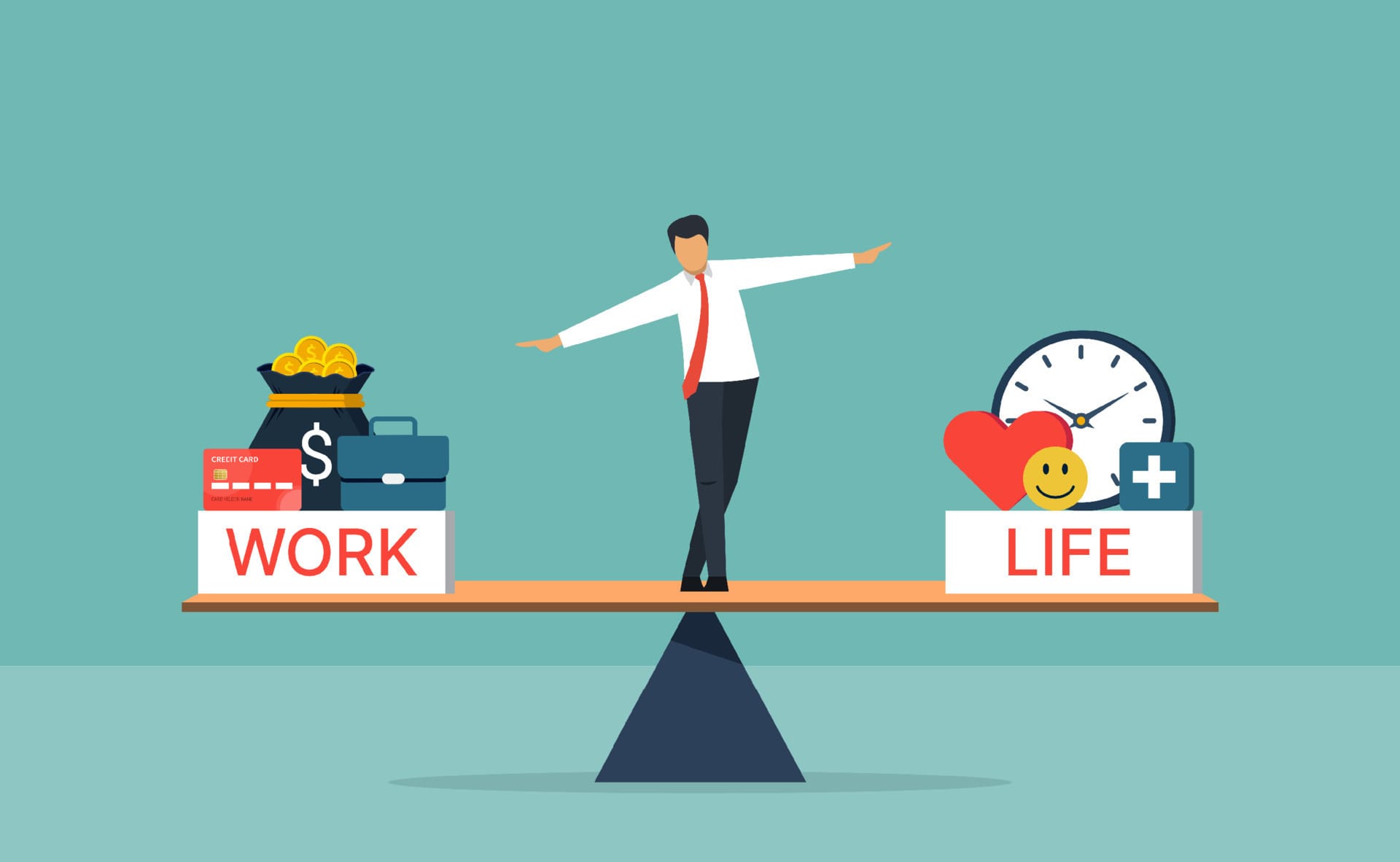Work–life balance has become a highly talked-about topic in recent years, and for good reason. As digital tools become more advanced, it can feel like we’re constantly switched into work mode. Combine that with personal responsibilities pulling us in every direction, and suddenly balance starts to feel like an unreachable ideal. When you see others who seem to have it all figured out, it’s easy to wonder what you’re doing wrong or what they’re doing differently. But here is the thing, work–life balance isn’t about perfection or dividing your time into equal slices. It’s about intentionally shaping your days in ways that work for you, so that work has its place and life has optimal room to breathe. Here are five practical tips to help you build a healthier rhythm, one that supports both your goals and your wellbeing.
Set Clear Boundaries
Balance starts with boundaries. Without them, work starts to expand into every corner of your day, especially if you work from home or manage multiple roles.
Boundaries are simple:
- Define when your workday begins and ends.
- Turn off notifications after a certain time.
- Create a ‘shutdown’ ritual. Like closing your laptop, tidying up your desk or writing your to-do list for tomorrow.
These small routine signals tell your brain that it is time to switch gears. You train yourself to step out of work mode and into rest mode. Over time, this will become a habit, not a struggle. Remember: You don’t need permission to protect your time. Boundaries are not limitations, they are safeguards for your wellbeing.
Prioritise, Don’t Multitask
We often equate being busy with productivity. But multitasking rarely helps. Instead, it scatters your energy, increases mistakes, and leaves you feeling burnt out without the satisfaction of meaningful progress. A better approach is to identify your top priorities for the day, not 10, but two or three.
Ask yourself:
- What actually needs to be done today?
- What will make the biggest difference if I focus on it now?
- What can be postponed, delegated or dropped?
When you work on one task at a time, you not only finish faster, you also do better work. Productivity is not about doing everything all at once. It’s about doing the right things with intention.
Schedule Rest the Same Way you Schedule Work
Many people treat rest as optional, as something that might happen if there is time left in the day. In reality, rest is fuel! You cannot stay productive, creative or focused without rest. If it’s not on your calendar, there’s a good chance it won’t happen.
So, start scheduling:
- Breaks throughout the day
- Mornings to yourself
- Time for hobbies
- Lunch away from your desk
- Evenings off
- Time with friends and family
- Mental health days when needed
Think of rest as an investment in your future self. You don’t recharge by accident, you recharge by design. When you plan for it, you will make it a non-negotiable part of your routine.
Learn to Say “No” Gracefully
Saying yes to everything is one of the fastest paths to becoming overwhelmed. But many of us struggle with saying no to others, either because we want to help, we fear disappointing others, or feel like “no” sounds negative. But a thoughtful “no” is not selfish, it’s strategic. When you decline requests that don’t align with your goals, workload, or values, you protect your energy for what does matter. You create space for opportunities to say “yes” that will genuinely support your growth.
A graceful “no”, might look like:
- “I’d love to help, but I don’t have the capacity right now.”
- “That is not something I can commit to at the moment”
- “Let me point you to someone who may be better suited for this.”
Saying no is not closing the door, it’s choosing the right ones to walk through.
Disconnect to Reconnect
Modern life is full of screens, notifications and constant connection. But, being always connected doesn’t mean we are present. Sometimes the best thing you can do for your mind is to step away from it all. Create small, daily moments for disconnection:
- A quick walk without checking your phone.
- A meal with loved ones.
- Time spent reading, journaling or simply just chatting.
- A hobby that absorbs you and pulls you into a different world.
These small moments help you reconnect with yourself, your values, creativity and your energy. When you take a moment to detach from work, even briefly, you will return with more clarity and resilience.
Finding your Personal Balance
Work-life balance doesn’t look the same to everyone. What matters is creating routines and boundaries that work best for you. Ones that allow you to show up fully both in your professional life and your personal one. Start building small habits. Pick one of these tips that interests you and practice it consistently. Over time, these habits help build lifestyle where work has its place, but doesn’t take up all of the space. A balanced life is not a luxury, it’s a foundation for sustainable success.



